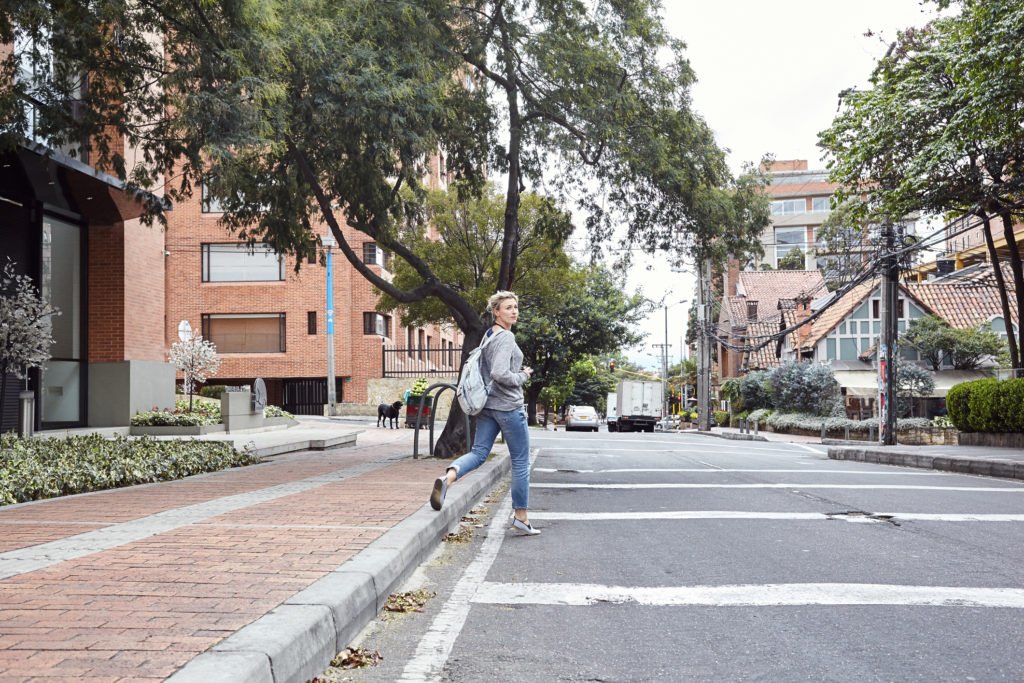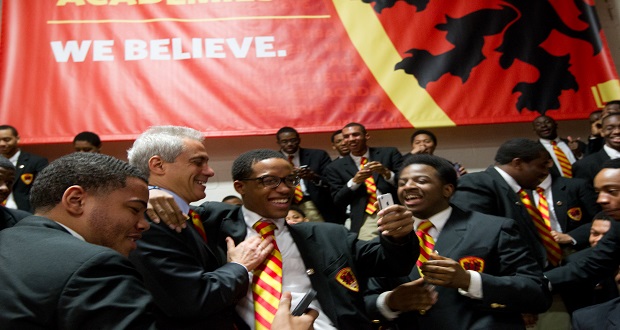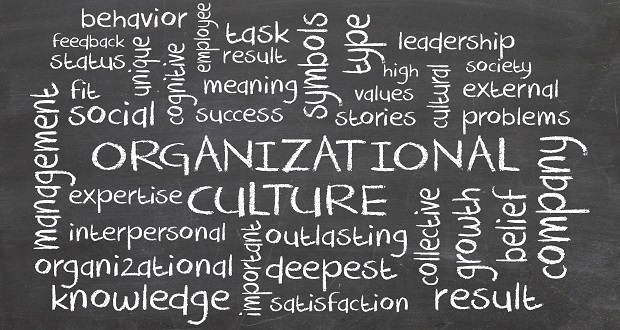
Many clearly recall the story of Amy Cooper, the white woman who called 911 and falsely accused Christian Cooper — a Black man who was birdwatching in Central park — of threatening her when he asked her to leash her dog in accordance with park rules. It was yet another example of the many ways Black Americans are policed not only by law enforcement, but also by white people in their communities, simply for going about their daily lives. While incidents of white people calling the police on Black people for engaging in regular activities have increasingly made the news, what made this story particularly striking was Amy Cooper’s blatantly false and pointed claim that Christian Cooper, “An African American man” was threatening her life. This month, it came to light that she made a second, previously unreported call, claiming that Cooper tried to assault her — which only makes the false accusation even more egregious and dangerous.
Some people watched this story unfold with confusion, or by giving Amy Cooper the benefit of the doubt (“She must have had a reason to fear for her safety”). To others, this situation underscored something much darker: an intentional effort to weaponize the “purity” of white womanhood against a Black man, with no concern for the potential danger the claims would put him in. These are two drastically different interpretations of the same situation, which leads to a logical follow-up question: How can we make sense of and bridge this gulf in different perceptions of the same event?
I maintain that the key difference is that some people have the context of a horrific history of white women weaponizing their whiteness — specifically against Black men — and others remain unaware of this trend throughout history.
Consider just a few notable examples:
[Content warning – explicit description of racist violence follows.]
- 1915 — Birth of a Nation, a silent film based on the book “The Clansman,” was released. The film depicted Black men as crude and sexually aggressive toward white women, and framed members of the Ku Klux Klan as heroes for “protecting American values.”
- 1921 — The destruction of Black Wall Street, also known as the Tulsa Massacre, began following a news report that a Black man had attempted to assault a white woman. While the specifics of this claim are uncertain, it is speculated that this rumor was started after the man mistakenly stepped on the woman’s foot in an elevator. This rumor prompted the gathering of armed white mobs in this well-off Black neighborhood. The events that unfolded led to the burning of 35 city blocks, 800 injuries, 9,000 individuals left homeless, and 300 deaths.
- 1955 — After a brief encounter with the white Carolyn Bryant in a grocery store, Emmett Till, a 14-year-old Black boy from Mississippi, was kidnapped, severely beaten and lynched by a group of white men, including Bryant’s husband. Bryant alleged that Till had grabbed her and behaved in a sexually menacing manner. In 2017, Bryant acknowledged in an interview that her allegations against Till were untrue.
Taken together, these events and others like them tell an important and deeply disturbing story about white womanhood in the U.S. — of how white men and white women alike have continually upheld it as purity incarnate while simultaneously weaponizing it against Black men.
White men and white women alike have continually upheld white womanhood as purity incarnate while simultaneously weaponizing it against Black men. Share on XIt has routinely been upheld as representative of purity, and simultaneously weaponized against Black men by white men and women alike. Add Amy Cooper as another bullet point and the far-reaching implications of her false accusation come immediately into focus.
When I read Robin DiAngelo’s White Fragility, one of my biggest “aha moments” was around this very topic. DiAngelo identifies the coded ways that white people casually talk about race without ever mentioning it explicitly. One example is discussing perceptions of “dangerous” predominantly BIPOC neighborhoods. As DiAngelo explains:
“Deeply held white associations of Black people with crime distort the reality and the actual direction of danger that has historically existed between Blacks and whites. The vast history of extensive and brutal explicit violence perpetrated by whites and their ideological rationalizations are all trivialized through white claims of racial innocence.”
This sentence hit me like a ton of bricks when I read it — in part because that same week I had told a family member that I planned to explore on foot an unfamiliar city I was visiting, and was met with several concerned sentiments: “You should be careful… some neighborhoods in there are not so good. Will you be alone?” As I read DiAngelo’s account of “casual race talk,” among white people, I immediately thought back to this conversation.
Later, I found myself walking through a predominantly Black neighborhood in the city. When I noticed my thoughts turning to the advice my family member had given me to be vigilant in this “unsafe” setting, I had a new lens through which to view my environment, and was struck by how different it felt to recognize: “Statistically, as a white woman, I represent more of a threat to people in this neighborhood than the other way around.”
This is one of the most insidious ways that white supremacy and colonialism function — by flipping the narrative such that the oppressed are depicted as dangerous and bad, while the oppressors are celebrated and protected. White people referring to predominantly BIPOC neighborhoods as “sketchy” or “dangerous,” or claiming to “revitalize” these areas through gentrification are just a couple of examples of this phenomenon.
This is one of the most insidious ways that white supremacy and colonialism function – by flipping the narrative such that the oppressed are depicted as dangerous and bad, while the oppressors are celebrated and protected. Share on XSince this revelation, I have been able to be far more intentional about rethinking and unlearning the racial narratives I was socialized into as a white woman in the context of the U.S. I have also been able to transfer this critical thinking skill to better understand many situations imbued with a history of oppression and colonialism. I find myself recognizing more often, and more actively, when a narrative frames a marginalized group with a deficit-based or blame-filled focus, and flipping the paradigm to ask, “What oppression and violence perpetrated by the groups in power against this group is effaced by this narrative?” This one question has taught me more about oppression and liberation than any of my primary or secondary schooling ever did.
The Amy Cooper incident, and the wildly different interpretations that people had of it, provide a prime example for why it is critical for those of us who occupy dominant group identities to understand the legacy of oppression we carry — or we risk perpetuating and upholding injustices that can put others in grave danger. White women need to understand the violent anti-Black legacy we collectively continue to uphold today, and this starts with understanding the active role of white women in anti-Black racism throughout history.
It is critical for those of us who occupy dominant group identities to understand the legacy of oppression we carry – or we risk perpetuating and upholding injustices that put can put others in grave danger. Share on X


















